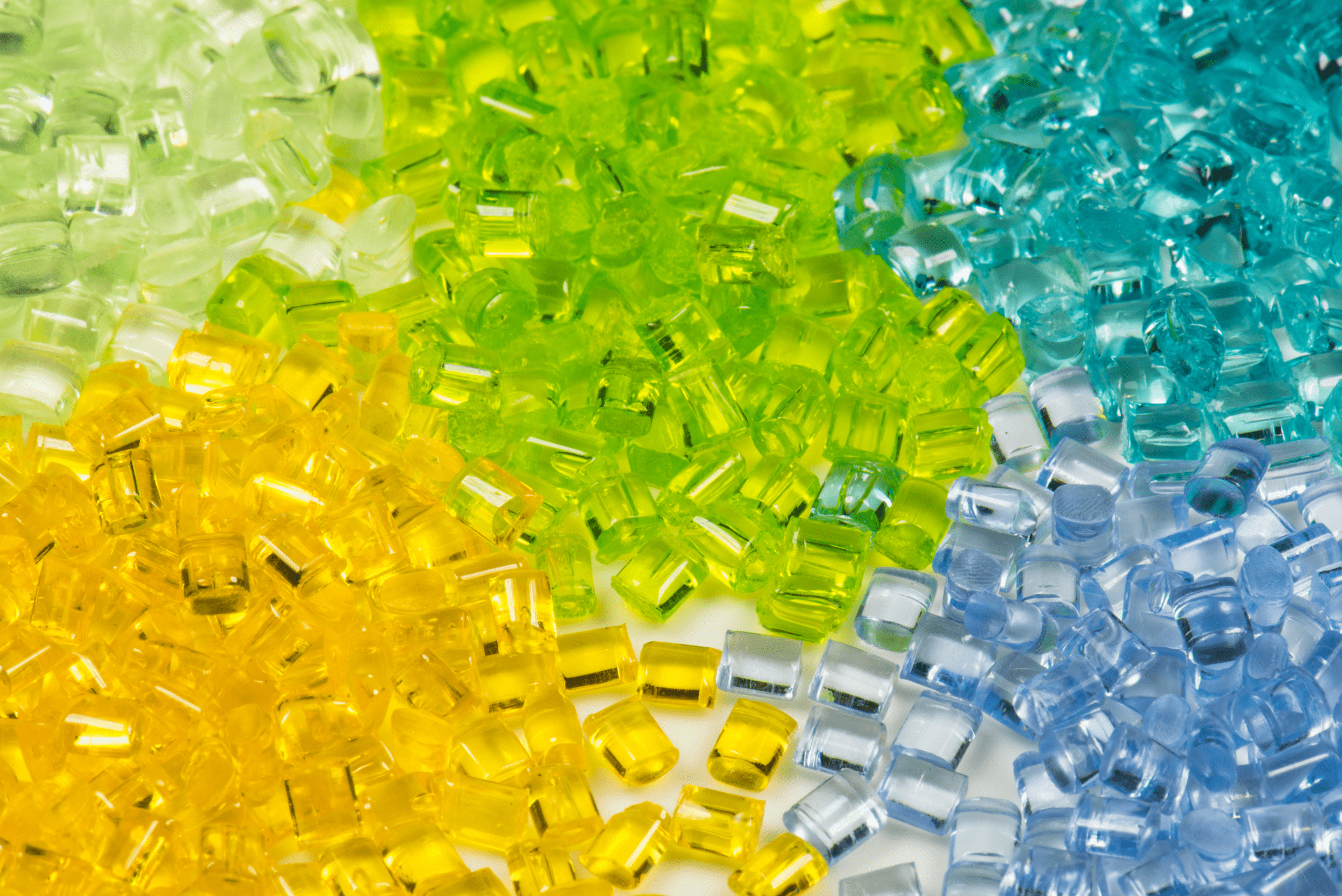
Plastic Resins
From engineering plastics for demanding applications such as automotive parts, electrical and electronic applications to product packaging, we have the right resins to meet brand owners’ and converters’ demands required of their applications.

Polyamides 6 and 66 (PA6, PA66)
Polyamides are partially crystalline thermoplastics which offer an ideal combination of properties, especially for technical applications. In addition to being easy to process, polyamides combine high mechanical strength and stiffness with good dielectric properties, high resistance to both heat and chemical attack and good friction and wear properties.
Apart from injection moulding grades, there are grades for extrusion of semi-finished products, films and blow moulded parts. In addition to non-reinforced grades, we also offer glass fibre reinforced, glass bead or mineral filled products. Flame retardant, elastomer-modified hydrolysis-stabilized and food approved grades.
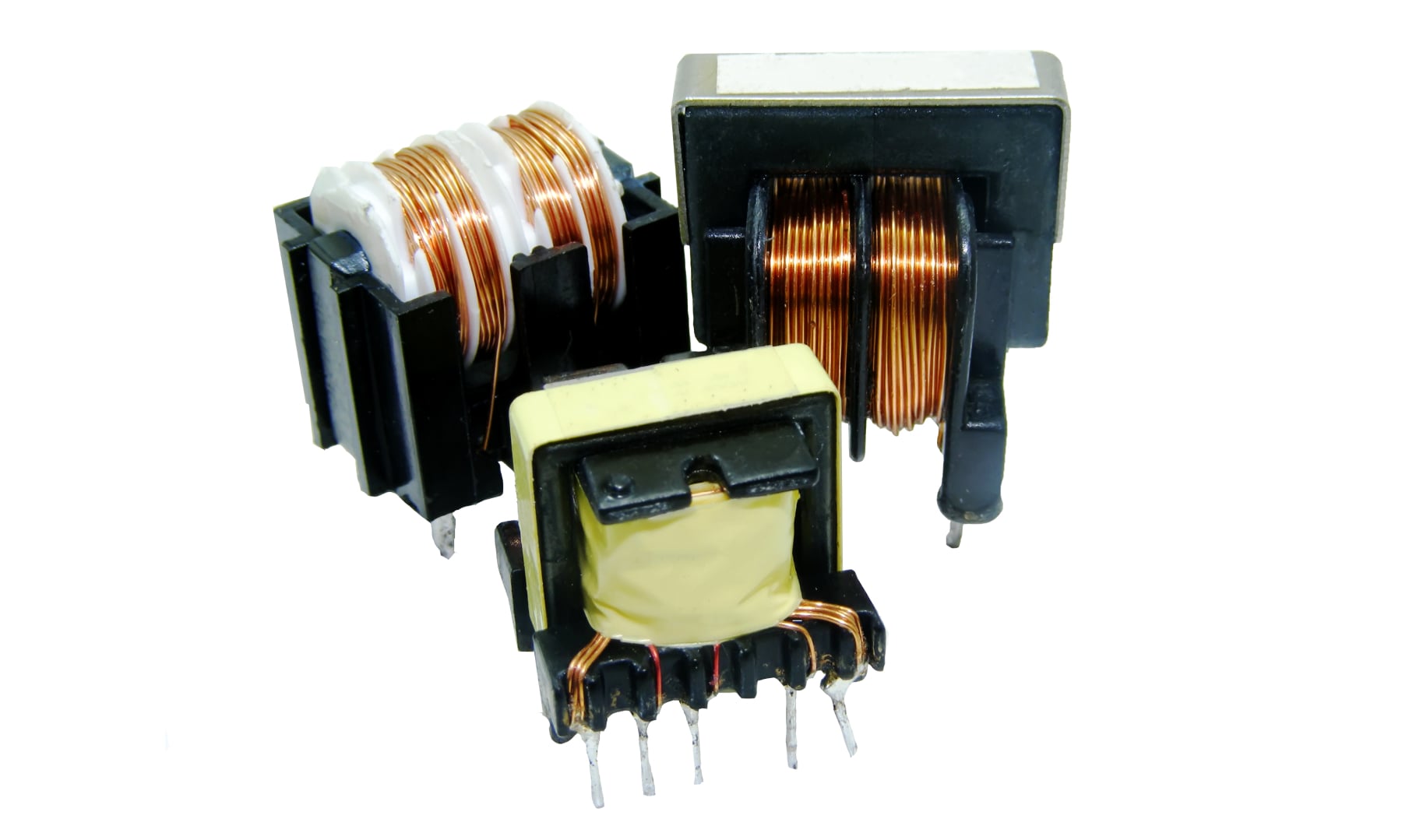
Polybutylene terephthalate (PBT)
It offers a high heat resistance, strength and hardness, as well as excellent slip properties and high abrasion resistance, good resistance to chemicals, low susceptibility to stress cracking and low moisture absorption. Apart from the injection moulding grades, there are grades for extrusion of semi-finished products, films and cable sheathing, as well as non-reinforced products, and glass-fibre reinforced, glass-sphere, or mineral-filled products. Flame retardant, elastomer-modified and food-approved grades are similarly available, as are blends with ASA, PET and Polycarbonate (PC).
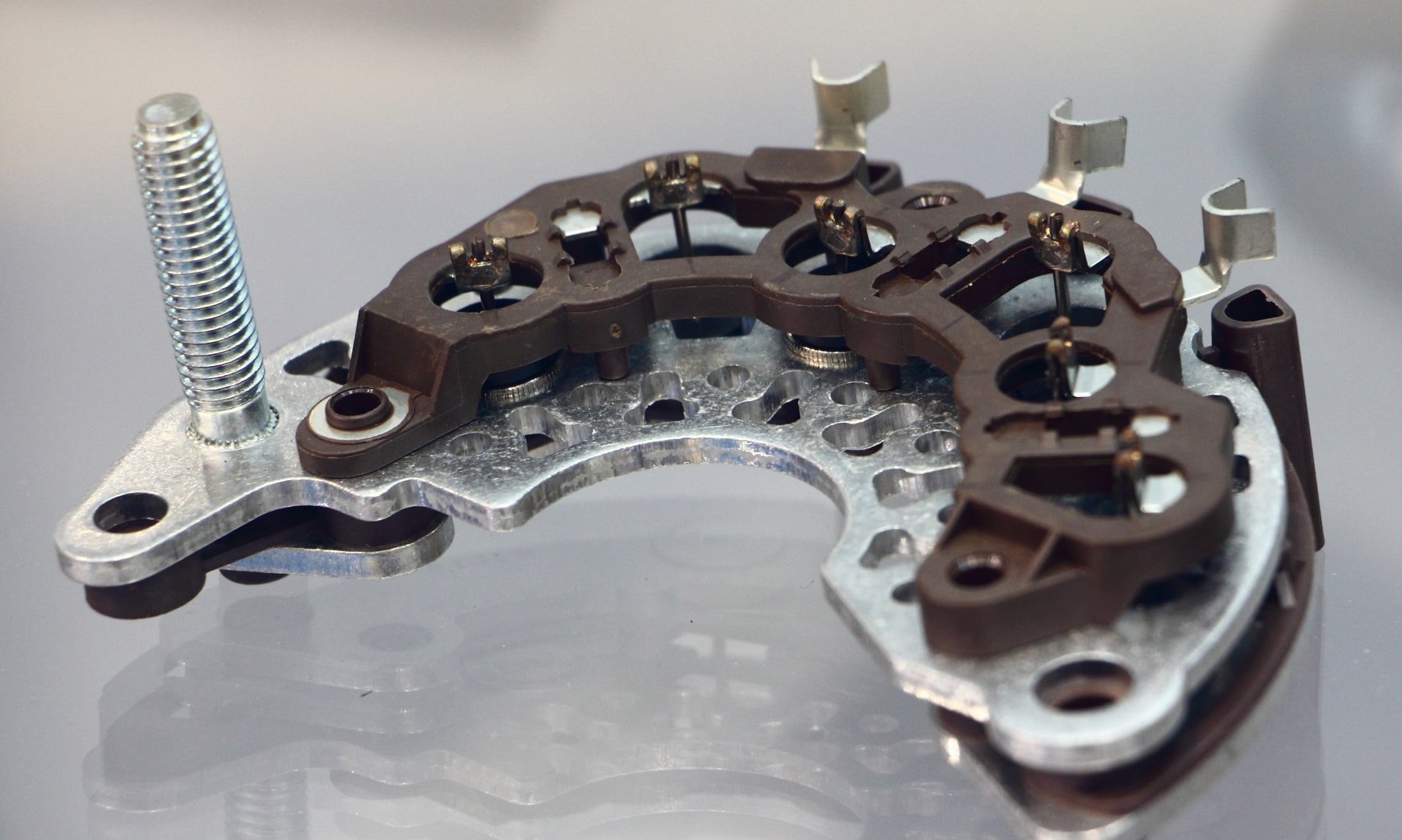
Polyphenylene sulfide (PPS)
Polyphenylene sulphide (PPS) is a semi crystalline, high temperature engineering thermoplastic. It is rigid and opaque polymer with a high melting point (280°C). It consists of para-phenylene units alternating with sulphide linkages. PPS offers an excellent balance of properties like exceptional mechanical strength, high temperature resistance, dimensional stability, good chemical resistance, etc.

Polyoxymethylene (POM)
Polyoxymethylene is a semi-crystalline engineering thermoplastic widely used to produce high precision parts thanks to high lubricity. They are various types of POM available (homopolymer and copolymer) and its key properties ranging from mechanical, physical and chemical.

Thermoplastics Elastomers (TPE)
TPE material is also known as thermoplastic rubbers. It belongs to the family of thermoplastic rubber materials with TPR, TPU, and TPV. It has most characteristics like thermoplastics and thus is used in several applications. Like other thermoplastic rubbers, TPE is also considered a successful blend between plastics and rubber.
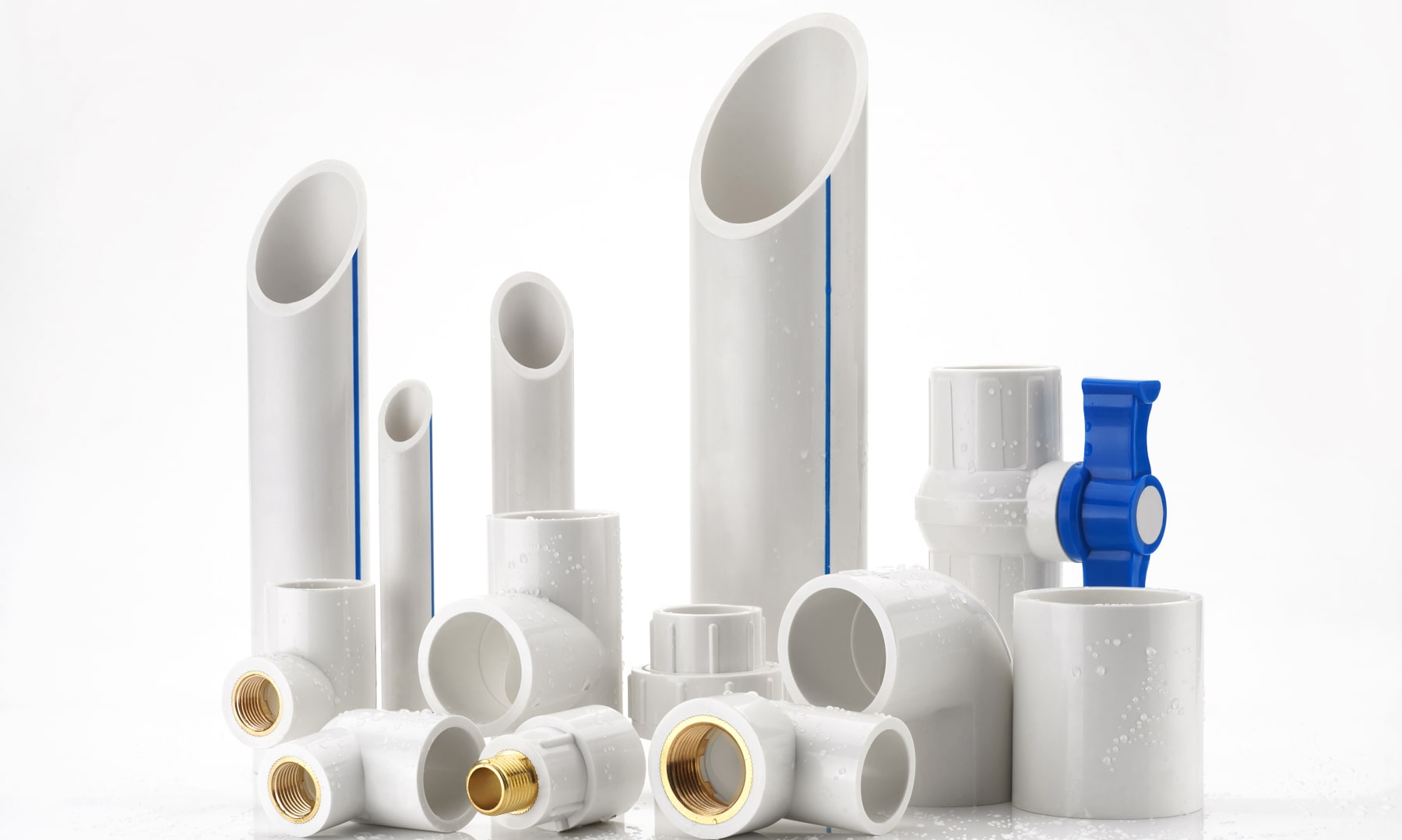
Polyvinyl Chloride (PVC)
PVC resin can be produced in numerous forms and create a variety of items across industries, which makes it extremely popular. Some common products made with PVC resin are: blood bags, windows and pipes. It has a high chemical resistance, resistant to water and abrasion, lightweight, maintenance free and long lasting, which makes it ideal for use in the construction industry. Additives help PVC heat stability at higher temperatures.
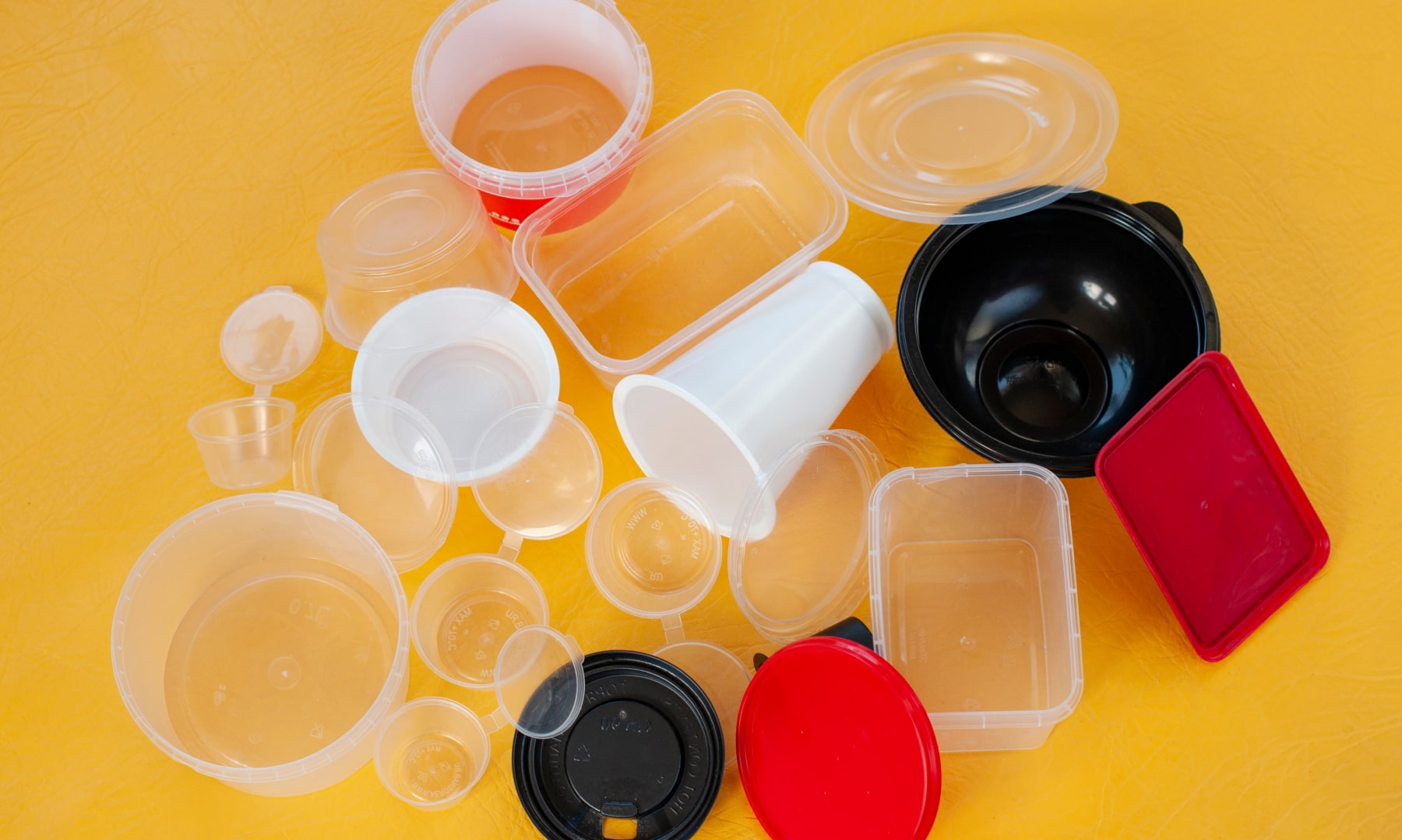
Polypropylene (PP)
Polypropylene is a tough, rigid and crystalline thermoplastic produced from propene (or propylene) monomer. It is a linear hydrocarbon resin. PP is among the cheapest plastics available today. Its types vary depending on its properties and processing methods. There are PP Copolymer and PP Homo polymer. Its excellent tensile strength and impact strength make it widely used in multiple areas. Polypropylene (PP) is used widely in everyday objects like packaging trays, household products, battery cases, medical devices, etc.
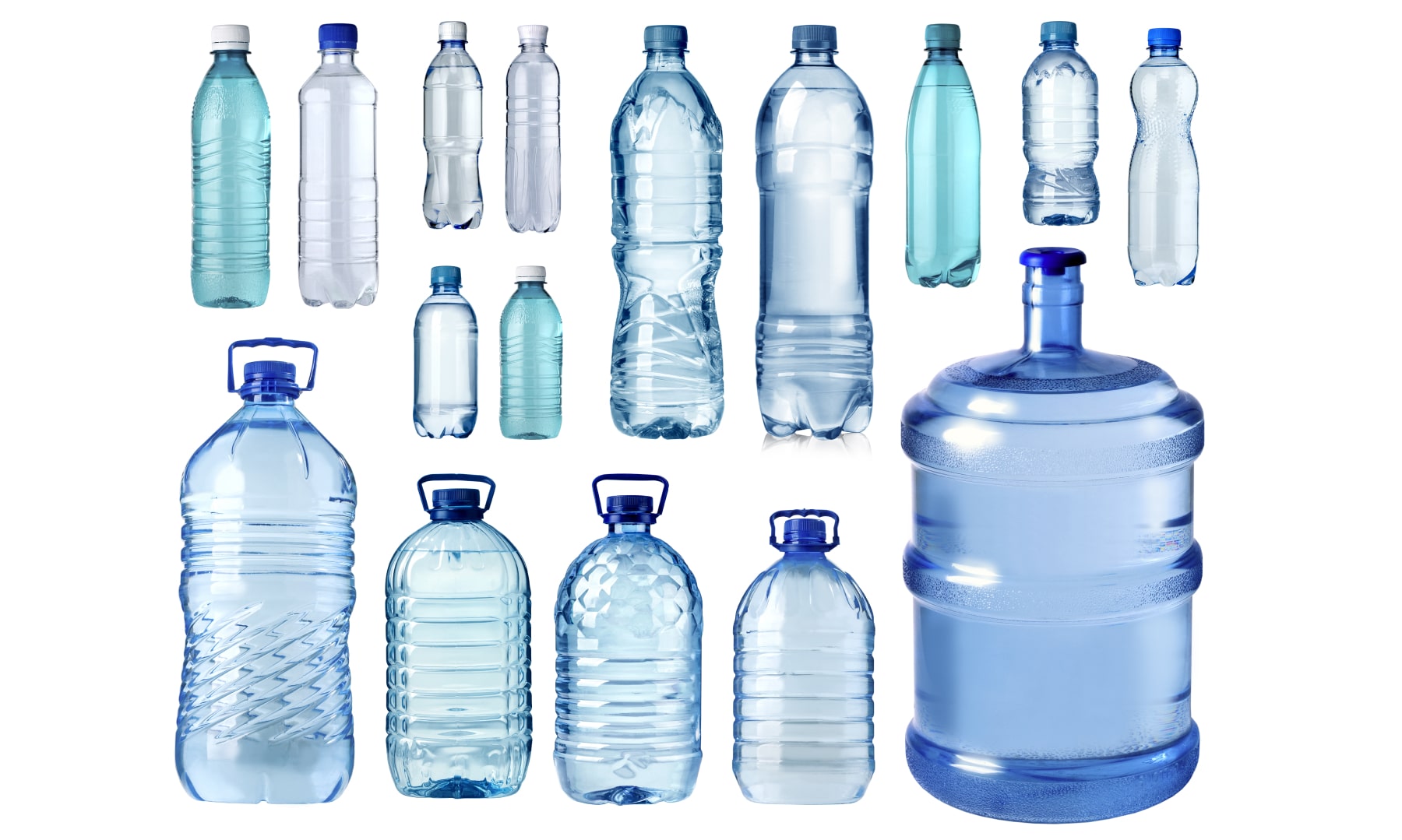
Polyethylene Terephthalate Glycol (PETG)
PETG stands for polyethylene terephthalate glycol, which is a thermoplastic polyester. PETG is a transparent plastic material with outstanding thermoforming characteristics for applications that require deep draws, complex die cuts and precise moulded in details, without sacrificing structural integrity. Due to its low forming temperature, PETG is readily vacuum and pressure-formed, heat bent, and it bonds easily using solvents or adhesives. It displays good clarity, chemical resistance, impact resistance, and is FDA compliant. PETG is widely used for signs, POP displays and store fixtures, machine guards and housings, and thermoformed trays.
